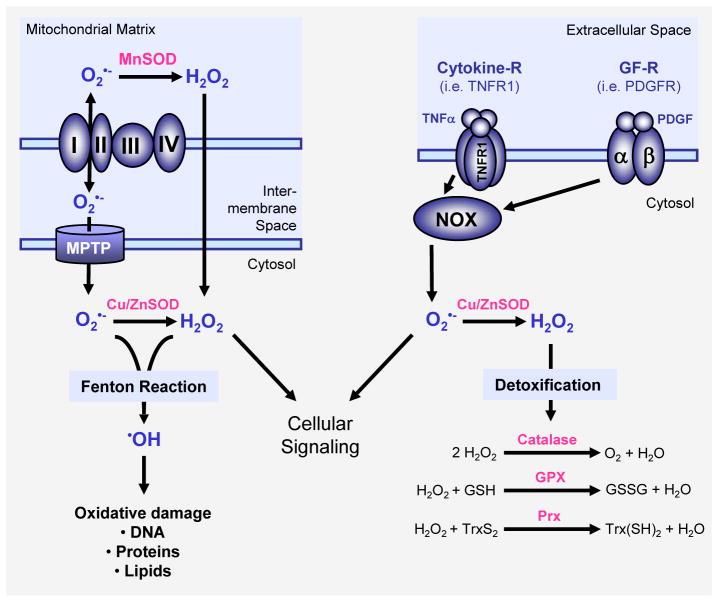Figure 1. Major mechanisms of ROS generation and detoxification.
Superoxide (O2•−) radicals are generated at the inner membrane of the mitochondria as a byproduct of the electron transport chain and then release into the mitochondrial matrix or the cytosol via the mitochondrial permeability transition pore (MPTP). Superoxide is also generated through activation of NADPH oxidases (NOX) for example in response to growth factor receptor (GF-R) or cytokine receptor activation. SOD enzymes, such as MnSOD in the mitochondrial matrix or Cu/ZnSOD in the cytosol reduce superoxide to H2O2. Several cytosolic antioxidant systems, including catalase, glutathione peroxidase (GPX) and peroxiredoxins (Prx) detoxify cells from hydrogen peroxide by reducing it to water. Both hydrogen peroxide and superoxide contribute to cellular signaling but also can form hydroxyl radicals (•OH). Hydroxyl radicals are generated from O2•− and H2O2 in the Fenton reaction and have damaging functions for proteins, DNA and lipids.

